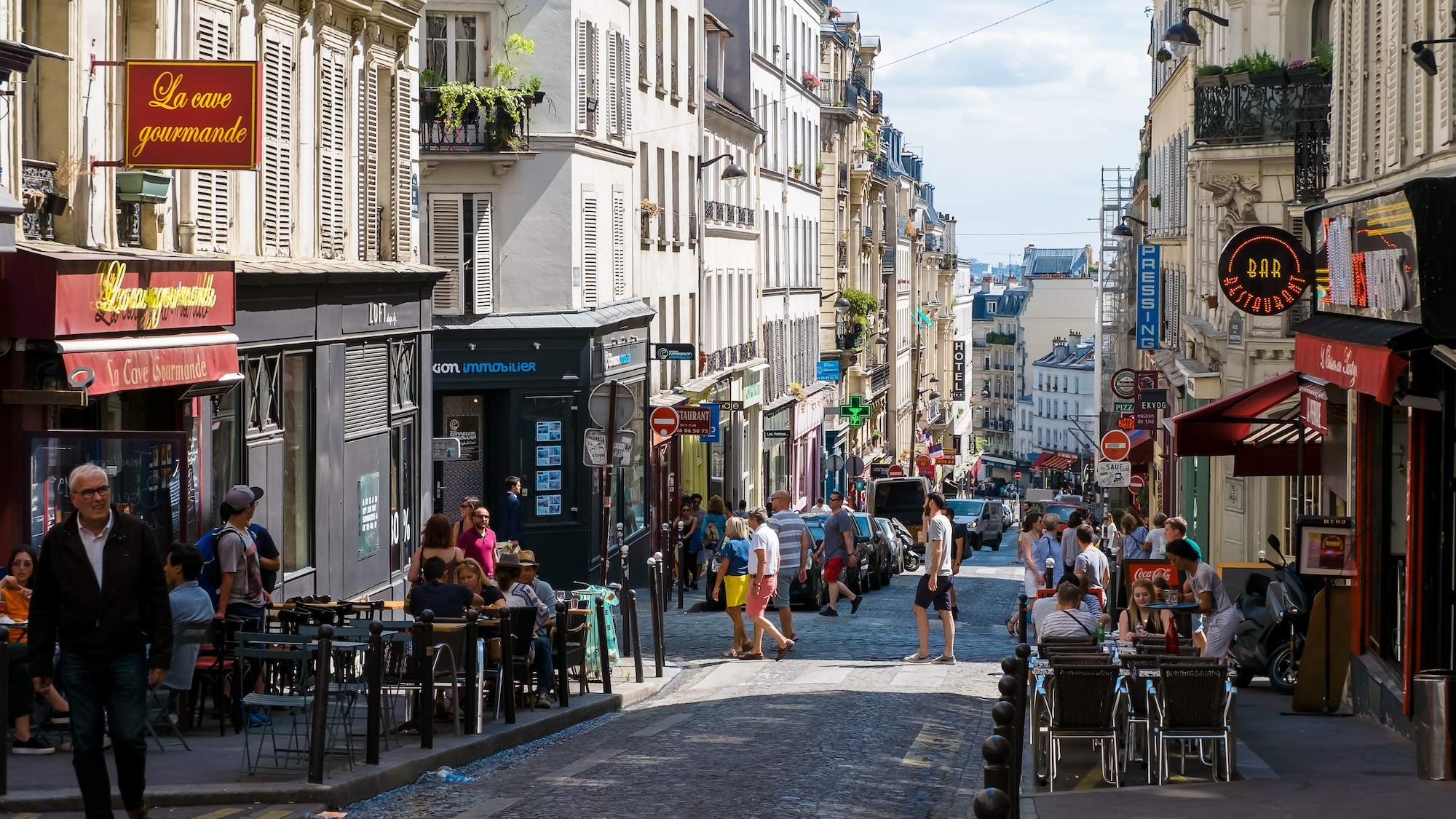Located between the 9th and 18th districts, the rue des Martyrs is now one of the most sought-after shopping streets in Paris. But do you really know its history? Today, we invite you to stroll down this street from end to end and travel back in time to discover its well-kept secrets. Come along with us!
1. From Spiritualism to the Brothel
We start our journey through the history of the rue des Martyrs at number 8. As early as 1858, the building housed one of the fathers of spiritualism, Allan Kardec. He held sessions, meetings, conferences… basically everything needed to summon the beyond. A few centuries later, still in the same building: out with the spirits and in with Miss Ariane's hygiene and massage brothel. Very popular among the elite, it welcomed senators like Antonin Dubost, who famously passed away there in 1921. Isn't that ironic?
Voir cette publication sur Instagram
2. Classified Frescoes as Historical Monuments
At number 10, you'll find two advertising frescoes. You might think they've been around since they were painted in the early 19th century, but that's not the case. They were rediscovered in 2012! The cherry on top? They are the only two advertisements classified as historical monuments in France. How cool is that?
Voir cette publication sur Instagram
3. The Birth of the French Wrestling Legend
In the 60s, at number 22 on Rue des Martyrs, there was a wrestling club where another French icon, André The Giant, trained. Standing at 2.18 meters and weighing 245 kilos, he was the only Frenchie to dominate the sport in the 80s. He even appeared on screen in the American TV series of the 70s: The Six Million Dollar Man.
Voir cette publication sur Instagram
4. Art and music at the heart of history
At number 23, the famous painter Théodore Géricault – known for the very well-known painting The Raft of the Medusa – sets up his very first studio in 1812. Unfortunately, a few years later, he falls off his horse on this same street, breaks his back, and dies at the age of 32. A few numbers later, at 40, another genius has walked down rue des Martyrs. The great Maurice Ravel, maestro of Boléro, who spent his youth there from 1875 to 1880.
Voir cette publication sur Instagram
5. Cabarets and Paris, a great love story
We finish our journey at number 75, in front of the cabaret Madame Arthur, formerly known as Divan du Monde, but more importantly, formerly the Japanese Divan. As its name suggests, this place once housed a crazy Japanese-themed cabaret, filled with lanterns, silk panels, bamboo, and so on, and it became famous thanks to a very popular poster by Toulouse-Lautrec.
Voir cette publication sur Instagram
